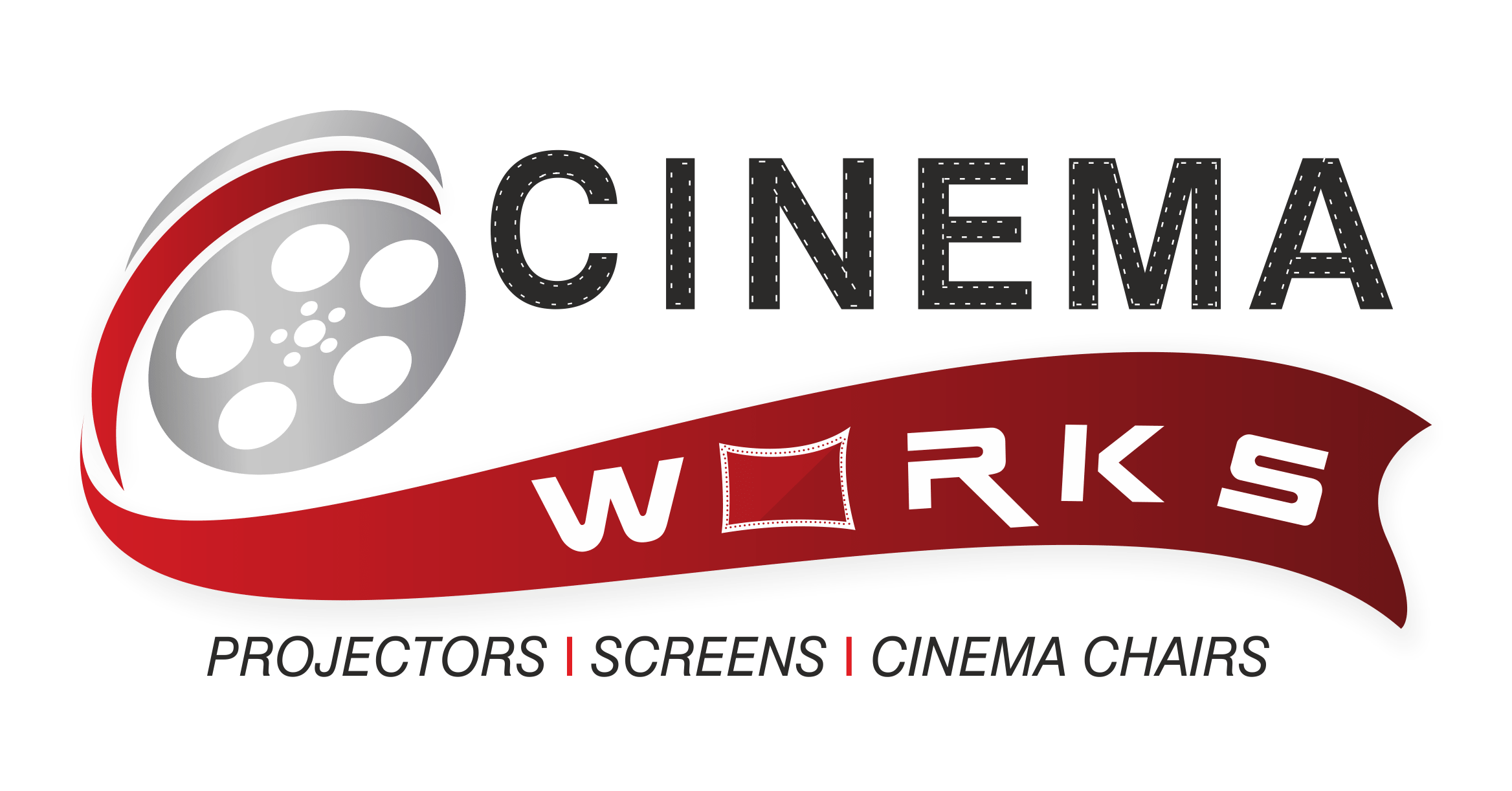Cinema Technology: A Comprehensive Guide
A Deep Dive into the Evolution and Innovation of Movie-Making
The magic of cinema relies on a complex interplay of technologies, constantly evolving to deliver increasingly immersive and engaging experiences. This comprehensive guide explores the key technological advancements shaping the cinematic landscape, from the initial breakthroughs to the cutting-edge innovations of today.
From Celluloid to Digital: The Journey of Film Capture
The history of cinema is intrinsically linked to the evolution of its capture methods. Early filmmaking relied on celluloid film, a process that, while groundbreaking, was limited by its physical properties. The shift to digital cinematography revolutionized the industry, offering greater flexibility, cost-effectiveness, and creative control. This section will delve into:
- The Celluloid Era: Examining the intricacies of film stock, camera mechanisms, and the limitations of this analog process.
- The Digital Revolution: Exploring the advent of digital sensors, high-definition cameras, and the impact on filmmaking workflows.
- Sensor Technology: A detailed comparison of CMOS and CCD sensors, their strengths, weaknesses, and applications in various filmmaking contexts.
- High Dynamic Range (HDR) Imaging: Understanding the benefits of HDR in capturing a wider range of tones and colors, resulting in more realistic and vibrant images.
Sound Design and Mixing: Crafting the Auditory Landscape
Sound is as crucial as visuals in shaping the cinematic experience. This section explores the technologies involved in creating and enhancing the audio landscape of a film:
- Microphone Technology: A review of different microphone types (boom mics, lavalier mics, shotgun mics) and their applications in various recording scenarios.
- Sound Recording Techniques: Exploring techniques like ADR (Automated Dialogue Replacement), foley, and sound effects design.
- Surround Sound Systems: A deep dive into Dolby Atmos, DTS:X, and other immersive audio technologies, focusing on their impact on audience engagement.
- Sound Mixing and Post-Production: Examining the workflow and techniques used in creating a balanced and immersive soundscape.
Projection and Display Technologies: Bringing the Story to Life
The final stage of the cinematic journey involves projecting the finished film onto the screen. This section analyzes the evolving technologies behind cinematic projection:
- Digital Cinema Projection (DCP): Understanding the technology behind DCPs and their advantages over traditional film projection.
- Laser Projection: Exploring the benefits of laser projection, including increased brightness, color accuracy, and longer lifespan.
- Screen Technologies: A comparison of different screen materials and their impact on image quality and viewing experience (e.g., silver screens, lenticular screens).
- IMAX and Other Large-Format Systems: A detailed analysis of large-format cinema technologies and their impact on audience immersion.
The Future of Cinema Technology: Emerging Trends
The cinematic landscape is in constant flux. This section looks at emerging technologies that are poised to further revolutionize the industry:
- Virtual Reality (VR) and Augmented Reality (AR): Exploring the potential of VR and AR to create fully immersive and interactive cinematic experiences.
- Artificial Intelligence (AI) in Filmmaking: Examining the role of AI in areas such as visual effects, editing, and scriptwriting.
- High Frame Rate (HFR) Technology: Evaluating the impact of HFR on the smoothness and realism of motion pictures.
- 3D Printing and Film Production: Exploring the use of 3D printing in set design, prop creation, and special effects.
Conclusion
Cinema technology continues to evolve at a breathtaking pace. Understanding these advancements is crucial for anyone involved in the filmmaking process, from aspiring directors to seasoned professionals. This comprehensive guide serves as a valuable resource for navigating the intricate world of cinematic innovation and its impact on the art of storytelling.
